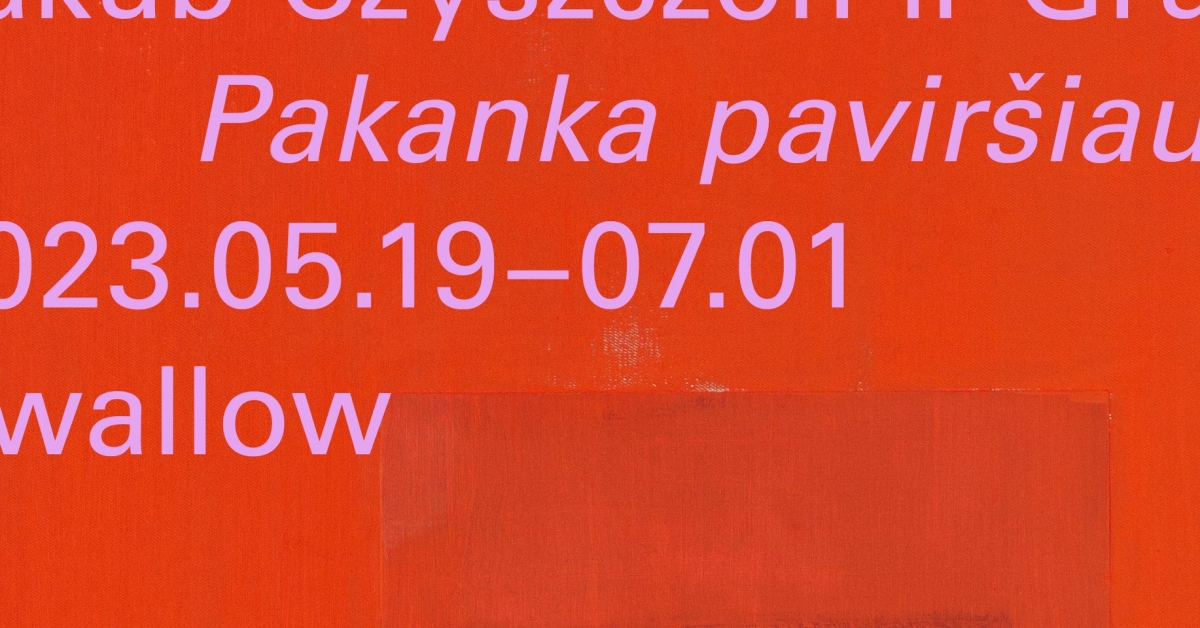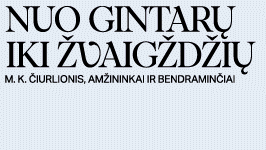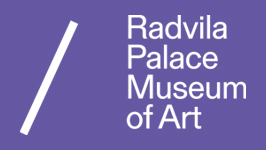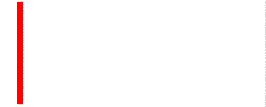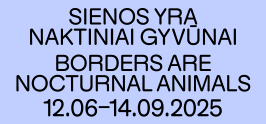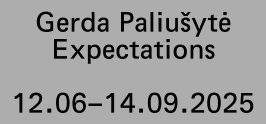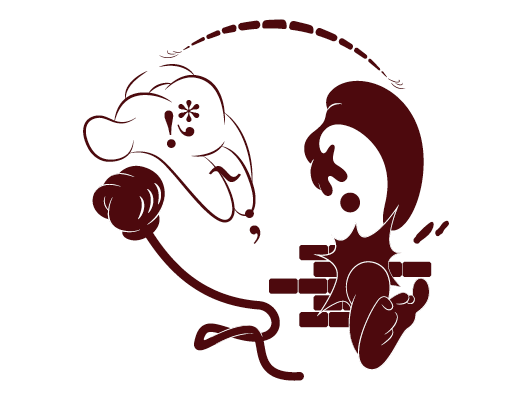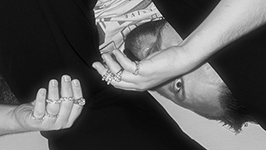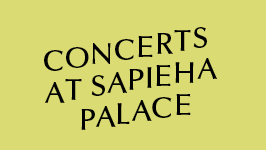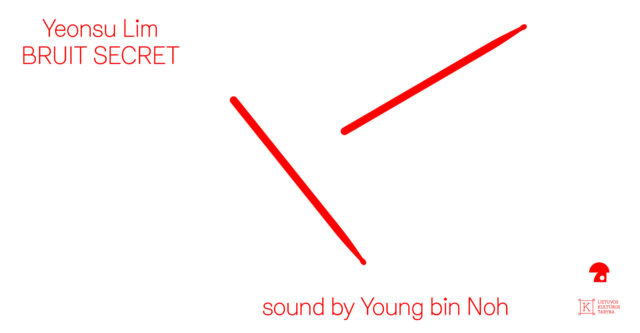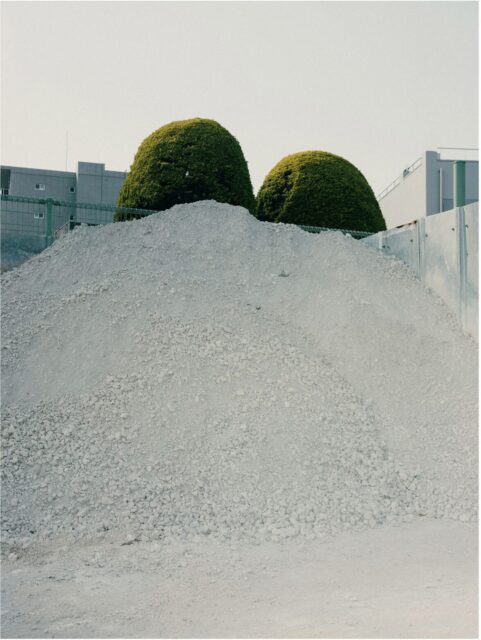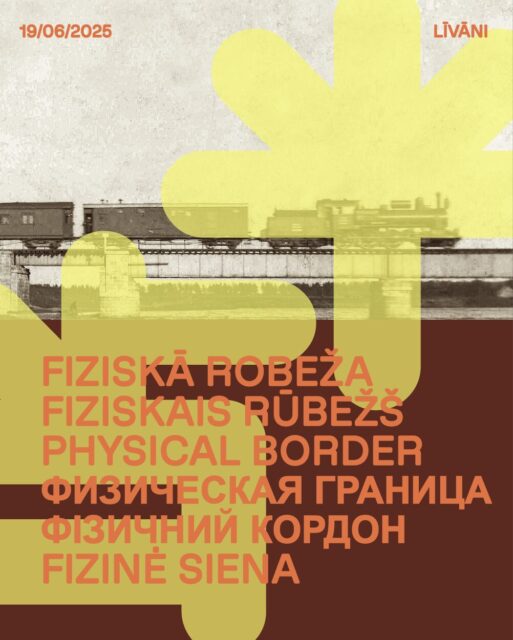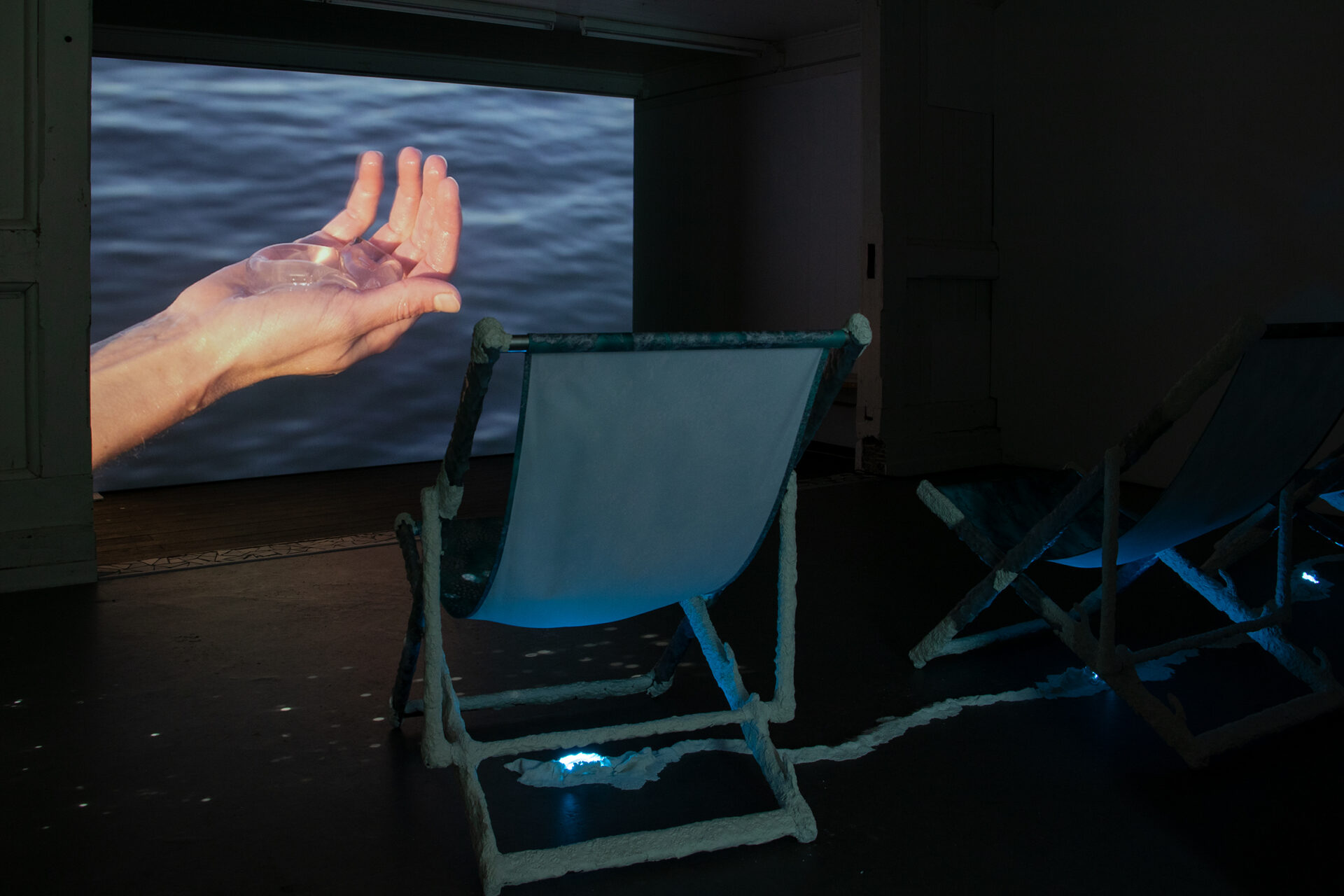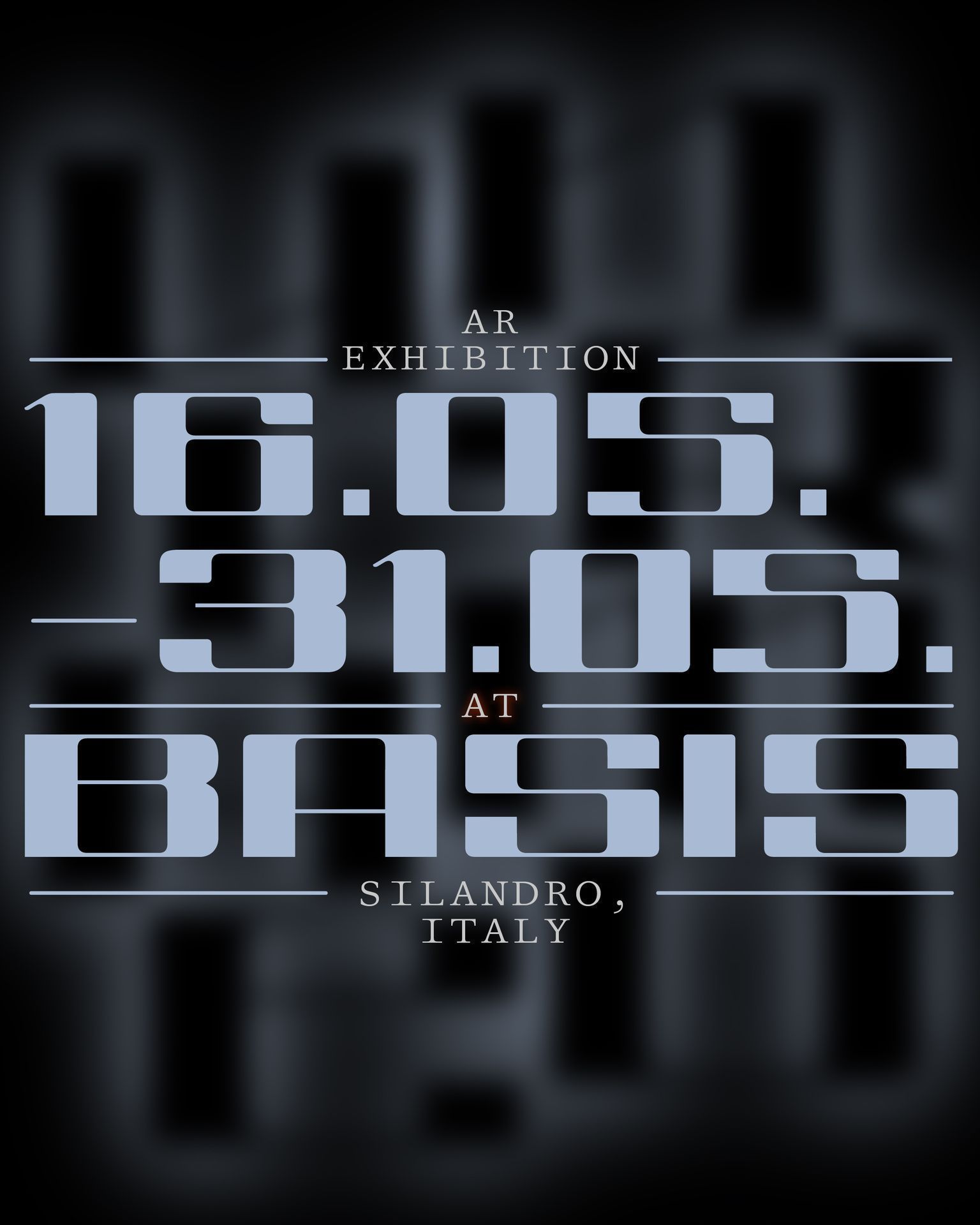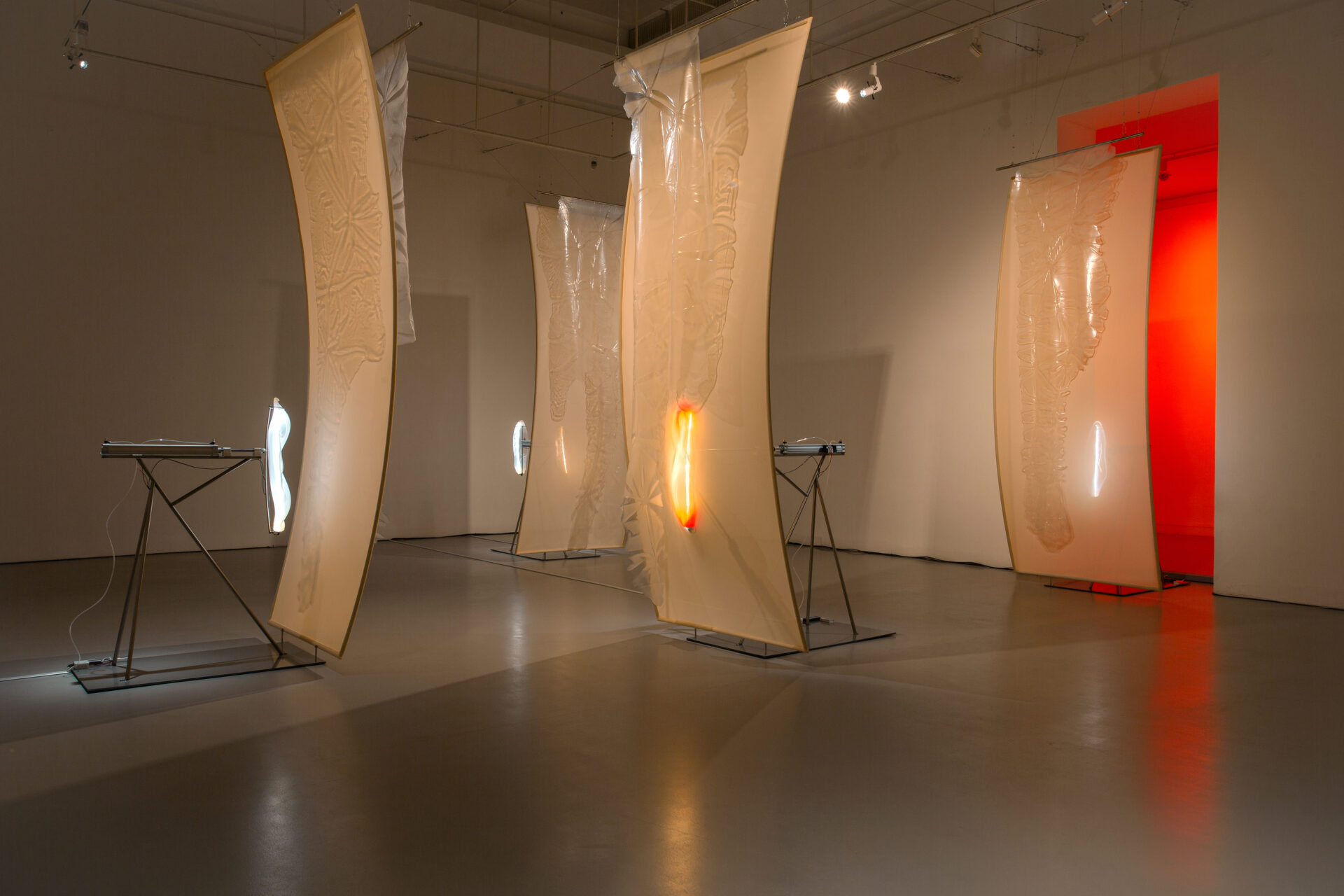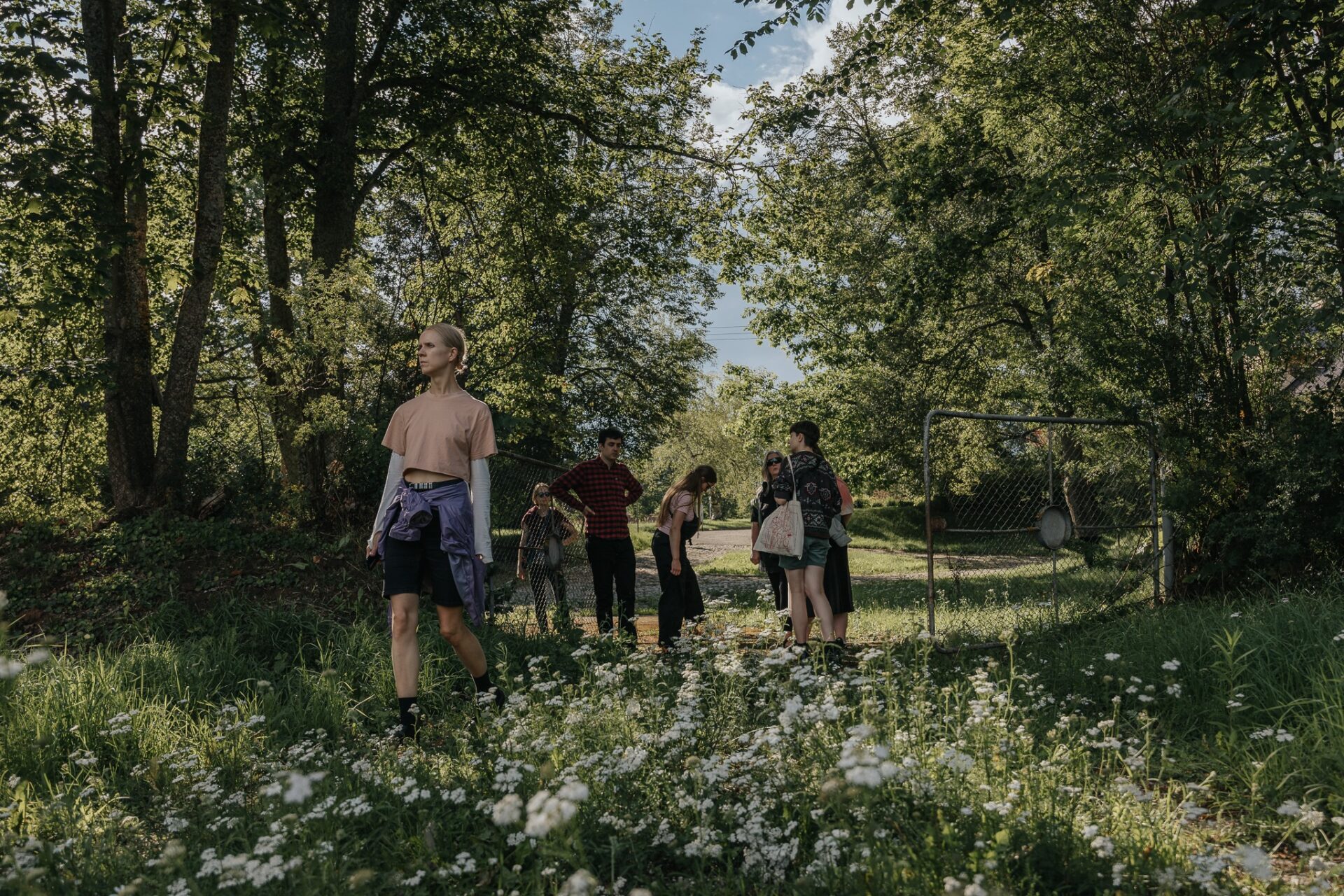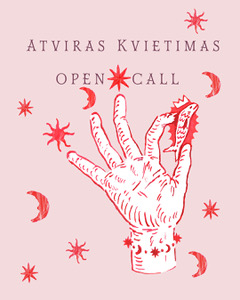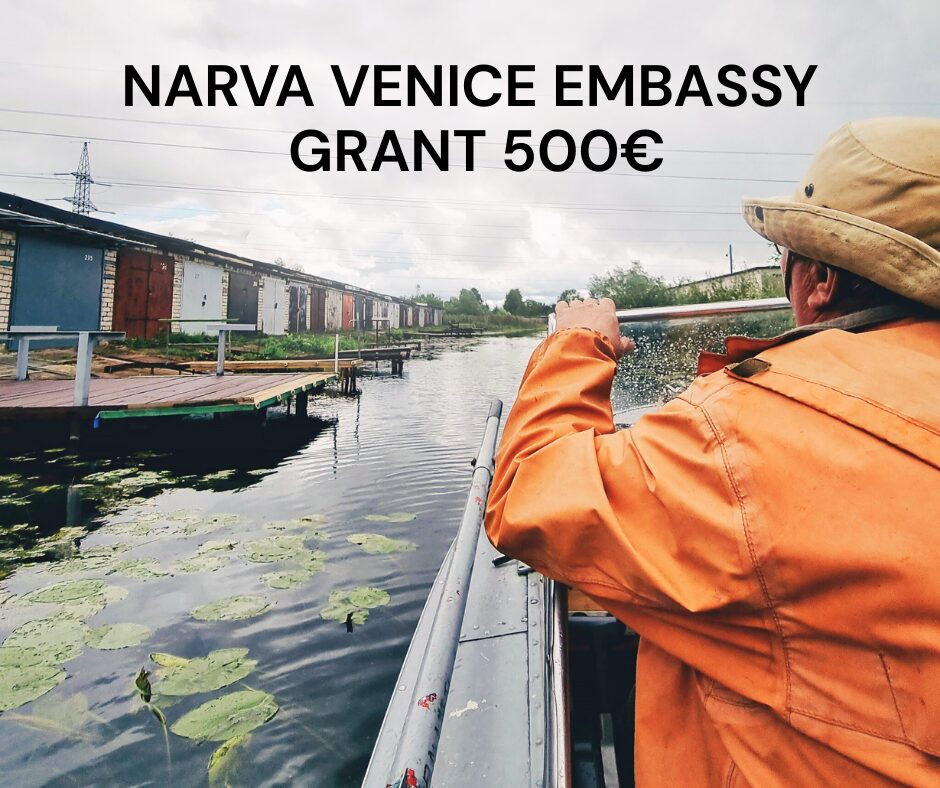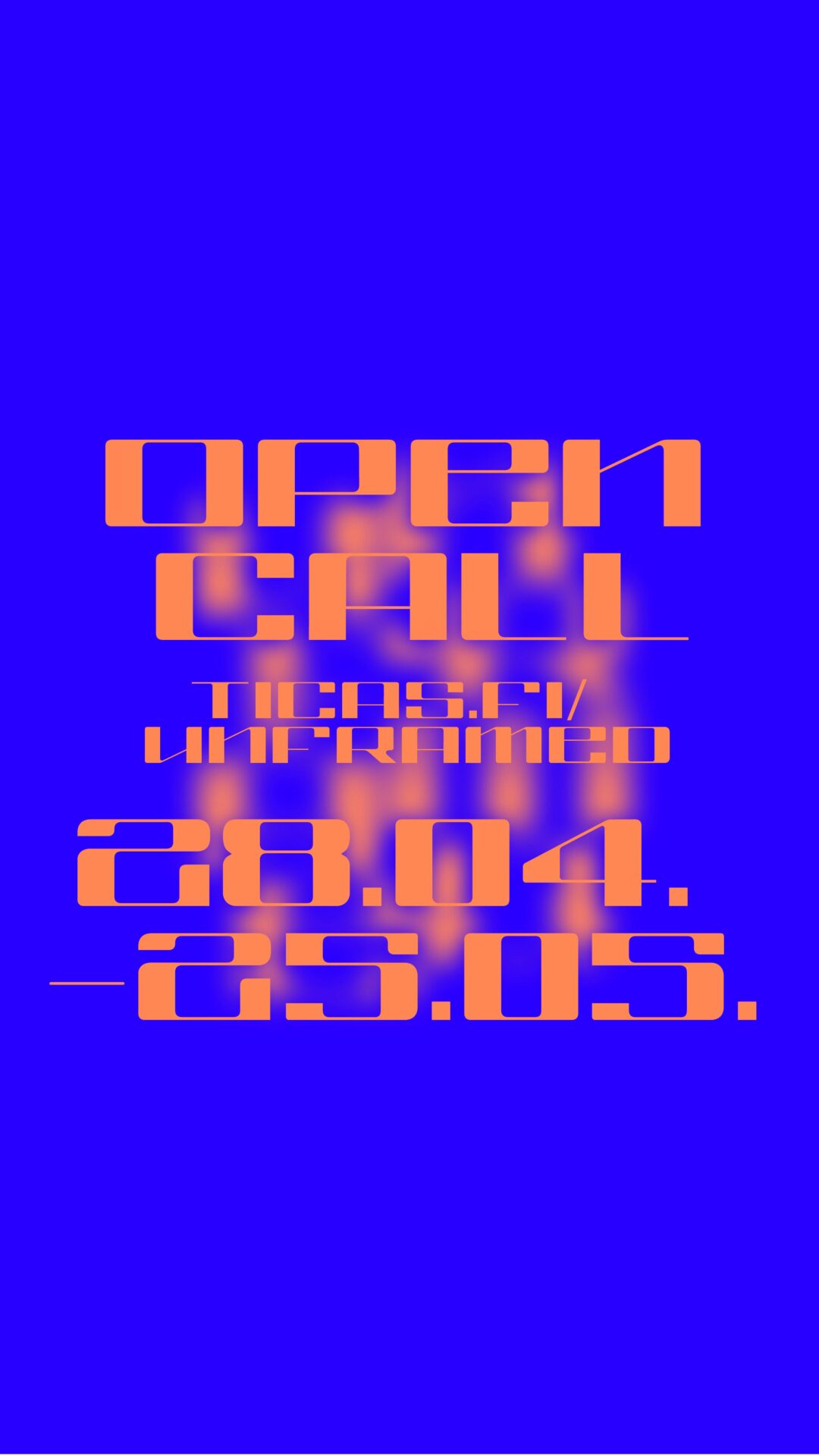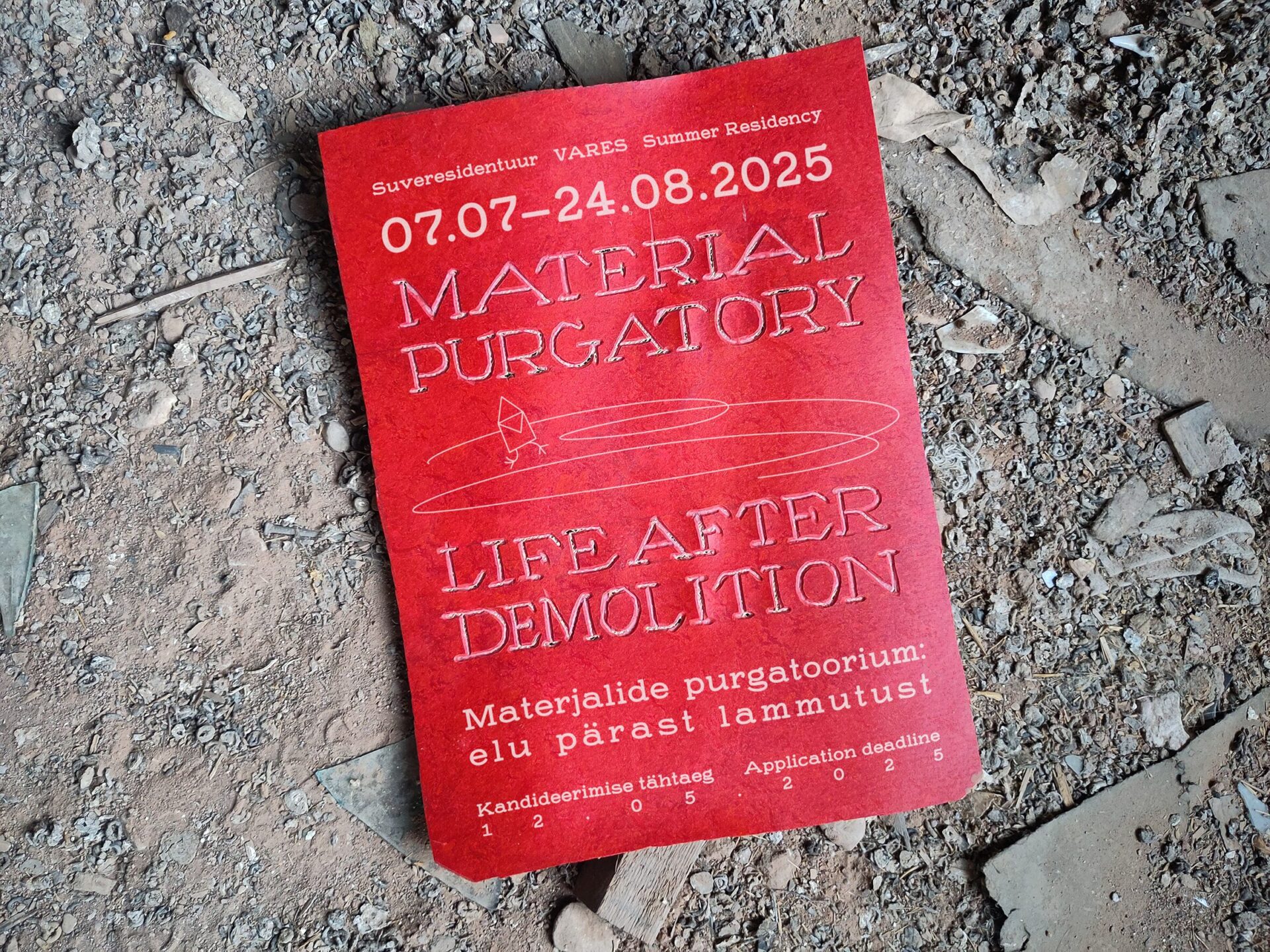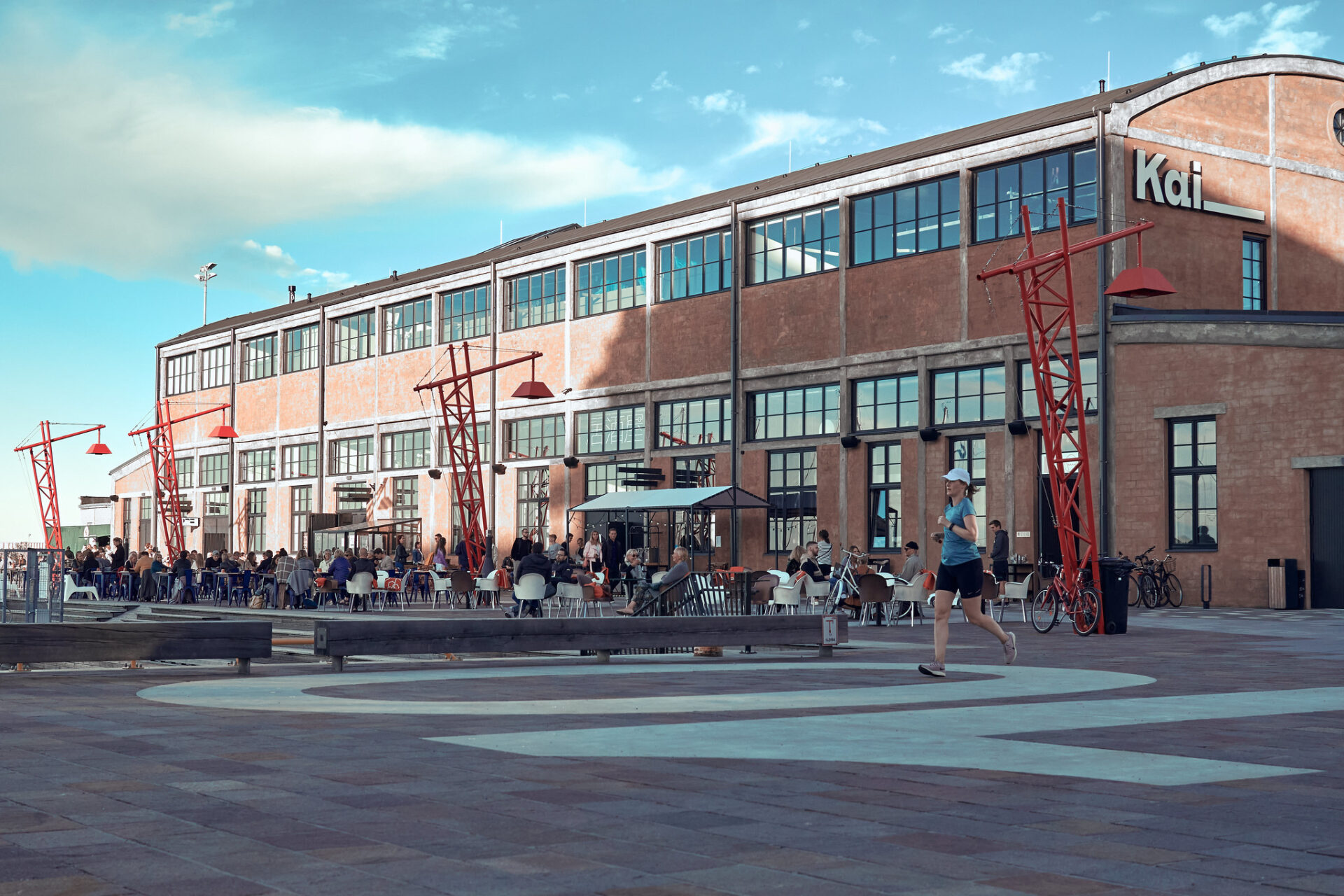“Swallow” is delighted to invite its visitors to 𝘁𝗵𝗲 𝗼𝗽𝗲𝗻𝗶𝗻𝗴 𝗼𝗳 𝗧𝗵𝗲 𝗦𝘂𝗿𝗳𝗮𝗰𝗲 𝗜𝘀 𝗘𝗻𝗼𝘂𝗴𝗵 – 𝗮𝗻 𝗲𝘅𝗵𝗶𝗯𝗶𝘁𝗶𝗼𝗻 𝗯𝘆 𝗝𝗮𝗸𝘂𝗯 𝗖𝘇𝘆𝘀𝘇𝗰𝘇𝗼𝗻́ 𝗮𝗻𝗱 𝗚𝗿𝘂𝗽𝗮 𝗕𝘂𝗱𝗮𝗽𝗲𝘀𝘇𝘁. 𝗧𝗵𝗲 𝗼𝗽𝗲𝗻𝗶𝗻𝗴 𝘄𝗶𝗹𝗹 𝘁𝗮𝗸𝗲 𝗽𝗹𝗮𝗰𝗲 𝗼𝗻 𝟲𝗽𝗺 𝗙𝗿𝗶𝗱𝗮𝘆, 𝟭𝟵𝘁𝗵 𝗠𝗮𝘆.
Looking at something” is an expression that suggests that the sight slides on the surface – it cannot go beyond it. Even the figurative art works stop the eyes that would like to see through. This is a paradox that disconnects language from the everyday experience. Yet even a casual meeting with any painting confirms the existence of this confusing sensation of looking at and through at the same time. Hence revealing and concealing only seem to be contradictory practices. There are deeper structures that can be disclosed by constant expansion of surfaces.
Genetics convinces us that we can reconstruct an organism based on a small fraction of information. AI can form models of faces and voices with the use of a few shots and uttered words. Is not the act of filling the missing words in the parchments of Sappho similar in nature? But is it an exposure of concealed words? Or the exact opposite – concealment of unavailable poem? And finally, whose poem is this? Sappho’s? Armand D’Angour who reconstructed it? Or does it belong to the generative power of the visible words? Or maybe we will be even able to imagine the relation between two spaces: the one where the poem first came into being and the one where it is being performed? Of course, the latter hypothesis is paradoxical…
The constellation of works by Grupa Budapeszt and Jakub Czyszczoń will fail to answer all these questions. It is not the aim. It is rather a creation of instruments that will amplify these antinomies.
——— 𝘢𝘯 𝘦𝘹𝘤𝘦𝘳𝘱𝘵 𝘧𝘳𝘰𝘮 𝘵𝘩𝘦 𝘵𝘦𝘹𝘵 𝘸𝘳𝘪𝘵𝘵𝘦𝘯 𝘣𝘺 𝘋𝘢𝘯𝘪𝘦𝘭 𝘔𝘶𝘻𝘺𝘤𝘻𝘶𝘬 𝘧𝘰𝘳 𝘵𝘩𝘦 𝘰𝘤𝘤𝘢𝘴𝘪𝘰𝘯.
𝗝𝗮𝗸𝘂𝗯 𝗖𝘇𝘆𝘀𝘇𝗰𝘇𝗼𝗻́ is a painter, graduate of the Faculty of Visual Communication Graphics at the Academy of Fine Arts in Poznań, currently a lecturer at the Academy of Art in Szczecin. He was a resident of 18th Street Arts Centre (Santa Monica, CA, 2012-2013), a fellow of the Visegrad Fund Programme (2013) and the Young Poland Programme (2019). He collaborates with the Stereo (Warsaw) and Ermes-Ermes (Rome) galleries.
𝗚𝗿𝘂𝗽𝗮 𝗕𝘂𝗱𝗮𝗽𝗲𝘀𝘇𝘁 is composed of artists and curators (Igor Krenz, Michał Libera & Daniel Muzyczuk). Their practice is usually based around nonorthodox and pataphysical solutions and methods of working with found cultural artefacts. The group deals with art and life, exploring marginal issues arising from technical reproduction, limitations of reasoning with abstractions and drawing radical consequences from the dematerialisation of reality. A combination of scientific methodologies and unbridled intuitions leads to ‘exploding’ explanations. The resulting meta mechanism becomes the basis for the subsequent one, which seeks to interpret its elements by making them narratively coherent.
